Vinland Saga, the tour de force that seamlessly weaves together complex characters, historical realism, and thought-provoking themes, grabs you from the very first page or frame and refuses to let go, taking you on an unforgettable journey through the harsh and unforgiving world of the Viking Age. We explore why Vinland Saga is so effective with its storytelling.
At the heart of Vinland Saga is the story of Thorfinn Karlsefni, a young warrior consumed by rage and a thirst for revenge. His journey from darkness to light is the backbone of the series, and the arc is so compelling and emotionally resonant because we watch as Thorfinn grapples with the weight of his past actions, the emptiness that follows the fulfillment of his quest, and the long, difficult road to redemption.
Thorfinn’s interactions with the other characters are a key part of what makes Vinland Saga so engrossing. His relationship with Askeladd, his father figure and nemesis, is a complex and layered dynamic that evolves in surprising and poignant ways. Then there’s Einar, a fellow slave who embodies hope and resilience in the face of unimaginable adversity.
Thorfinn’s arc begins in a state of profound loss and despair. The death of Askeladd leaves him with a gaping void in his life. His entire identity, once defined by his quest for vengeance, is shattered, leaving him adrift in a sea of guilt and trauma. He is haunted by the faces of those he has killed, their silent screams echoing in his mind. This portrayal of post-traumatic stress disorder is both raw and unflinching, offering a stark reminder of the devastating consequences of violence.
Thorfinn’s path to redemption is not one he walks alone. Einar, a fellow slave, embodies forgiveness and compassion. Through their interactions, Thorfinn begins to question his deeply ingrained beliefs about violence and revenge. He witnesses Einar’s capacity for forgiveness and compassion, and he begins to see the futility of his own anger and hatred.
Thorfinn’s turning point comes when he confronts the opportunity to exact revenge on a man who has wronged him. Instead of succumbing to his old ways, he chooses a path of non-violence and forgiveness. This decision is not easy, as it requires him to confront his deepest fears and insecurities, but it is a testament to his growing strength and his newfound understanding of the true meaning of courage.
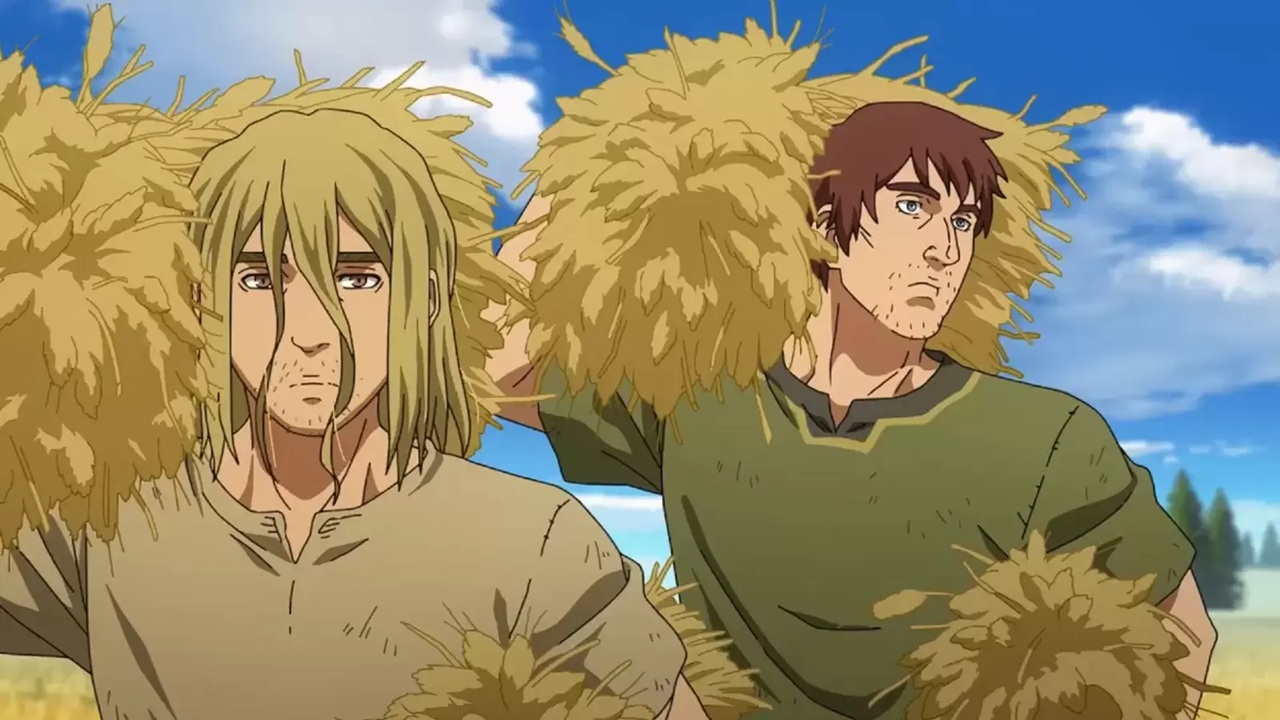
Vinland Saga is more than just a character study; it is also a meticulously researched and vividly realized portrait of a bygone era. Yukimura’s extensive research involved traveling to locations associated with Viking history, and his work is evident in every panel, from the intricate designs of the longship and weapons to the harsh beauty of the Scandinavian landscape.
The series does not shy away from the brutal realities of the time period, depicting the violence of the Viking age with unflinching honesty. But it is not violence for its own sake; rather, it is integral to the story’s exploration of the cyclical nature of violence and its toll on both perpetrators and victims alike.
This is where Vinland Saga’s philosophical depth comes into play, as the series grapples with weighty themes such as the corruption of power, the enduring resilience of the human spirit, and the possibility of change and redemption. Through the struggles and triumphs of its characters, the series invites us to reflect on the complexities of morality and the capacity for compassion and forgiveness.
Of course, no discussion of Vinland Saga would be complete without mentioning the breathtaking artistry of Makoto Yukimura. His pen-and-ink illustrations capture the raw emotion and visceral intensity of the story with astonishing skill and precision, creating a visual language that speaks volumes about the characters, their struggles, and the world they inhabit.
We see Yukimura’s mastery in his detailed environments. From the sweeping vistas of the Scandinavian Mountains to the intimate close-ups of characters in crisis, his art is an integral part of what makes Vinland Saga so special.
The manga’s artwork evolves over time, reflecting the changing tone and themes. In the early volumes, the style is dynamic and action-oriented, mirroring Thorfinn’s thirst for vengeance. As the story delves into deeper themes of redemption and forgiveness, the artwork becomes more introspective and nuanced.
The anime adaptation, produced by Wit Studio, is a faithful and visually stunning rendition, with muted tones and an earthy palette that perfectly capture the harsh beauty of the Viking world. Occasional splashes of vibrant color highlight key moments of emotion and action.
The animation excels in action scenes. Each sword strike and shield bash feels impactful and weighty, showcasing the raw power and skill of the Viking warriors through dynamic and exciting choreography.
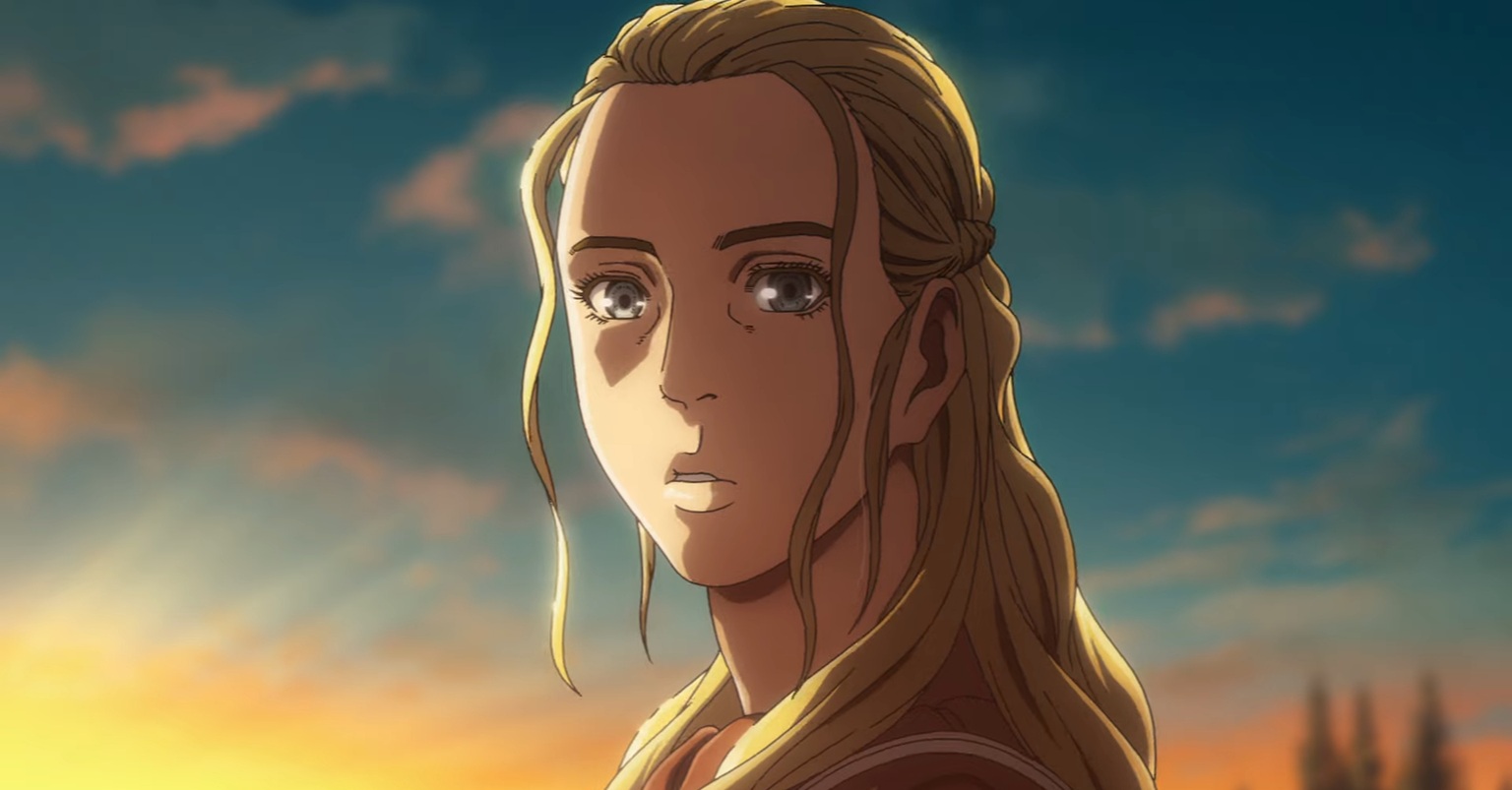
In the end, Vinland Saga is a true masterpiece of storytelling, setting a new standard for what manga and anime can achieve. It is epic in scope yet deeply personal in its focus, challenging us to confront the darkest parts of ourselves and inspiring us to believe in the possibility of a better tomorrow.
Whether you experience Vinland Saga through the manga or the anime, this is a story that will change you, challenge your assumptions about the world, and leave an indelible mark on your heart and mind. In a medium often dismissed as mere entertainment, Vinland Saga stands as a shining example of storytelling’s power to illuminate the human condition and speak to the deepest parts of ourselves.
If you haven’t yet experienced this masterpiece, do yourself a favor and dive in. It is a journey that is not always easy, but it is deeply rewarding. Great storytelling transports us to new worlds and shows us new ways of understanding our own, and Vinland Saga is a shining example of that power.
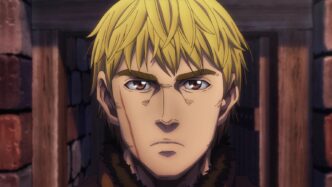
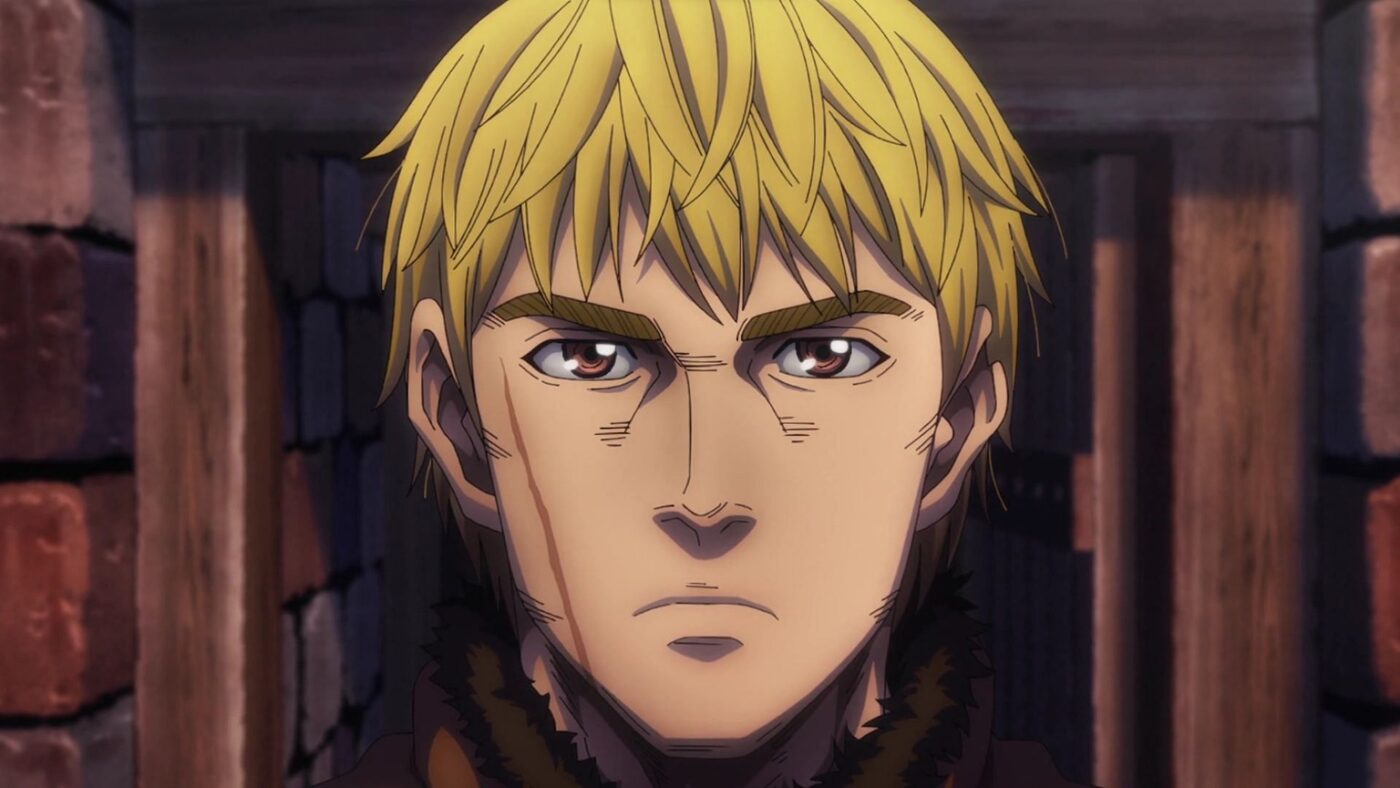

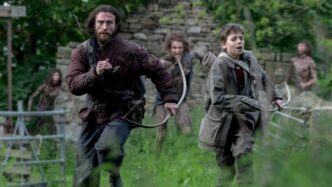

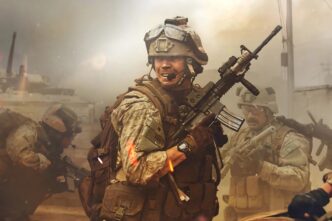

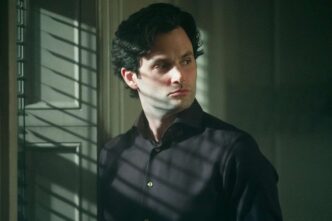
Leave a Reply